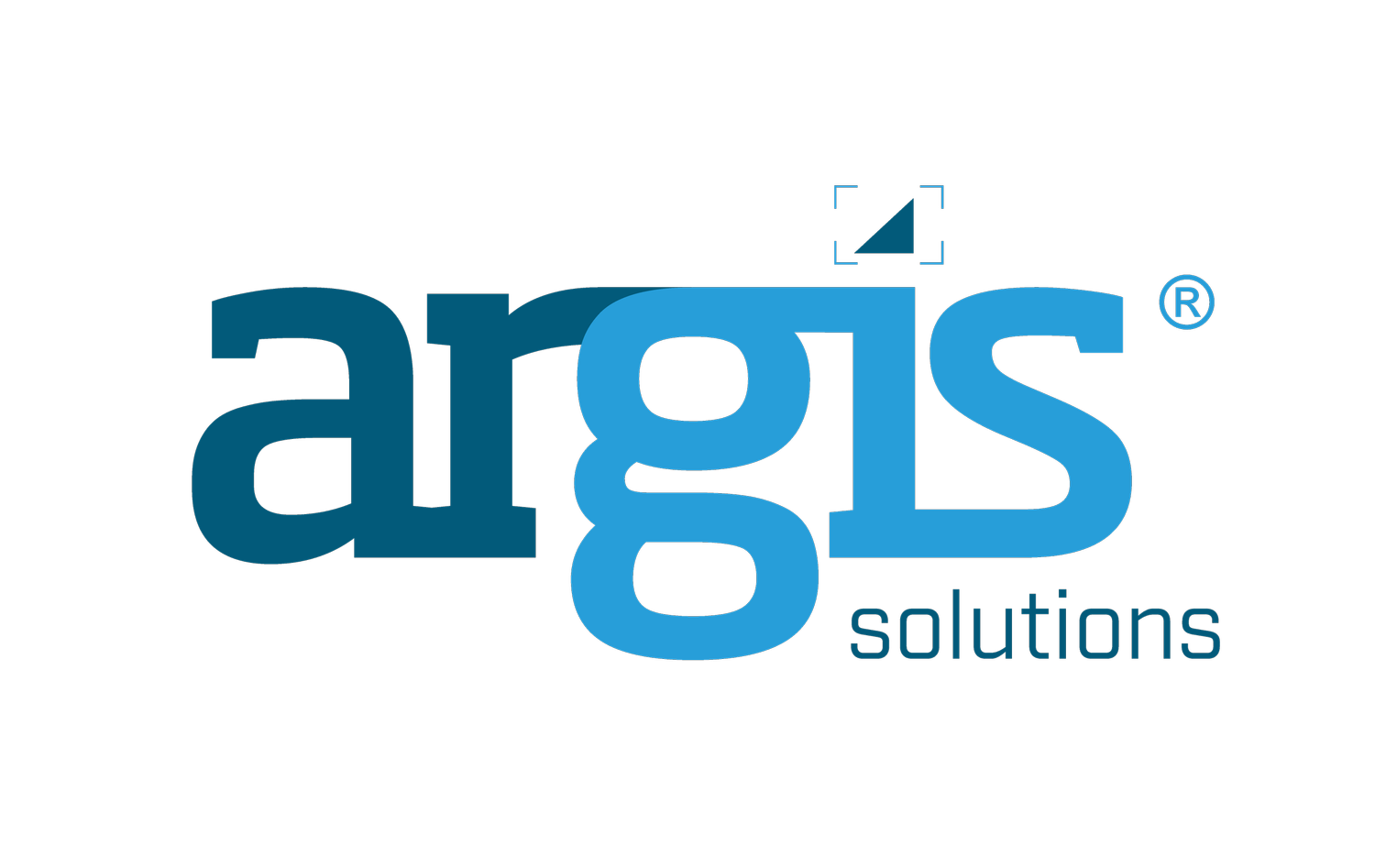A Glossary of Terms for Three-Dimensional Technologies
A brief guide to help you sort through 3D tech terminology.
Life is lived in the third dimension, so it’s natural that so many emerging technologies are focused on pulling us outside of the flat, second-dimensional world and its limitations. VR, XR, MR, BIM, DEM, DTM, digital twin. They create an alphabet soup of acronyms and terminology that can make your head spin!
What does it all mean? We put together a small glossary of terms commonly used to provide a helpful groundwork for understanding.
Extended reality (XR): XR is the blanket term for all technologies (MR, AR and VR) that combine real environments with virtual environments or create a fully virtual environment.
Augmented reality (AR): AR overlays computer-generated content (images, text or animation) onto the real world. In today’s technological environment, AR is the most accessible XR technology, as it can be experienced using smartphones, tablets, screens or AR smart glasses.
Virtual reality (VR): VR requires full immersion in a computer-generated environment. To experience VR a headset or head-mounted display is necessary in order to achieve a 360° view of this simulated world. Examples of VR devices include: Oculus Quest 2, HTC Vive Flow or Google Cardboard
Mixed reality (MR or MX): also known as hybrid reality. MR allows for the interaction between the digital world and real world in real time. To experience MR, a MR headset or semi-transparent glasses is required. MR uses more processing power than VR or AR. Examples of MR headsets and glasses include Microsoft HoloLens 2 and MagicLeap 1.
3D modeling: Two-dimensional maps use x and y values to represent geospatial data. Adding a third value, z, transforms the view of a flat map into a more accurate, realistic, three-dimensional representation of places and objects. These representations can either be solid models that also denote volume or shell/boundary models that show the surface of an object.
Building information modeling (BIM): Building information modeling uses both 2D and 3D modeling. It is the process of digitally representing the building construction process and managing construction data with the aim of improving decision-making. BIMs are computer files that can be easily shared throughout the planning and construction stage. The dimensions of BIM beyond 3D aren’t actual geospatial dimensions, but additional elements in the construction process. 4D adds scheduling information to the process, 5D adds cost, and 6D adds facility management, 7D adds sustainability information, and 8D adds health and safety data. Popular BIM software includes AutoCAD, Revit, BIM 360, Infurnia, Vectorworks and ArcGIS BIM.
Digital twin: an accurate virtual/digital representation of a real object or process. A digital twin can be used for maintenance, diagnostics, predictions, and monitoring. Digital twins help streamline product lifecycle management (PLM) because companies now have access to their products’ digital footprints, while making predictions much easier. Combining AR with digital twins allows for collaborative viewing in the building design and planning process, making communication easier. Both Esri and Autodesk software support digital twin design.
Digital elevation model (DEM): DEM is a three-dimensional representation of bare earth topography. It does not include trees, buildings, or any other surface objects. DEMs are useful in hydrology, soils, and land-use planning.
Digital surface model (DSM): a three-dimensional representation of topography that includes natural and man-made features. Useful for urban-planning, telecommunications and aviation.
Digital terrain model (DTM): a three-dimensional representation of topography than includes natural features like rivers or ridges. You can use a DTM to generate a DEM, but you cannot use a DEM to make a DTM.
LiDAR (also commonly written as “lidar”): LiDAR stands for “light detection and ranging.” It uses a laser, scanner, and GNSS receiver to identify energy that is reflected from the earth. The data collected is used to measure variable distances to Earth so that a three-dimensional image of topography can be generated. LiDAR can also detect objects underground.
Ground penetrating radar (GPR): a non-intrusive method of imaging the subsurface that uses radar pulses. GPR data can be represented in both 2D and 3D.

